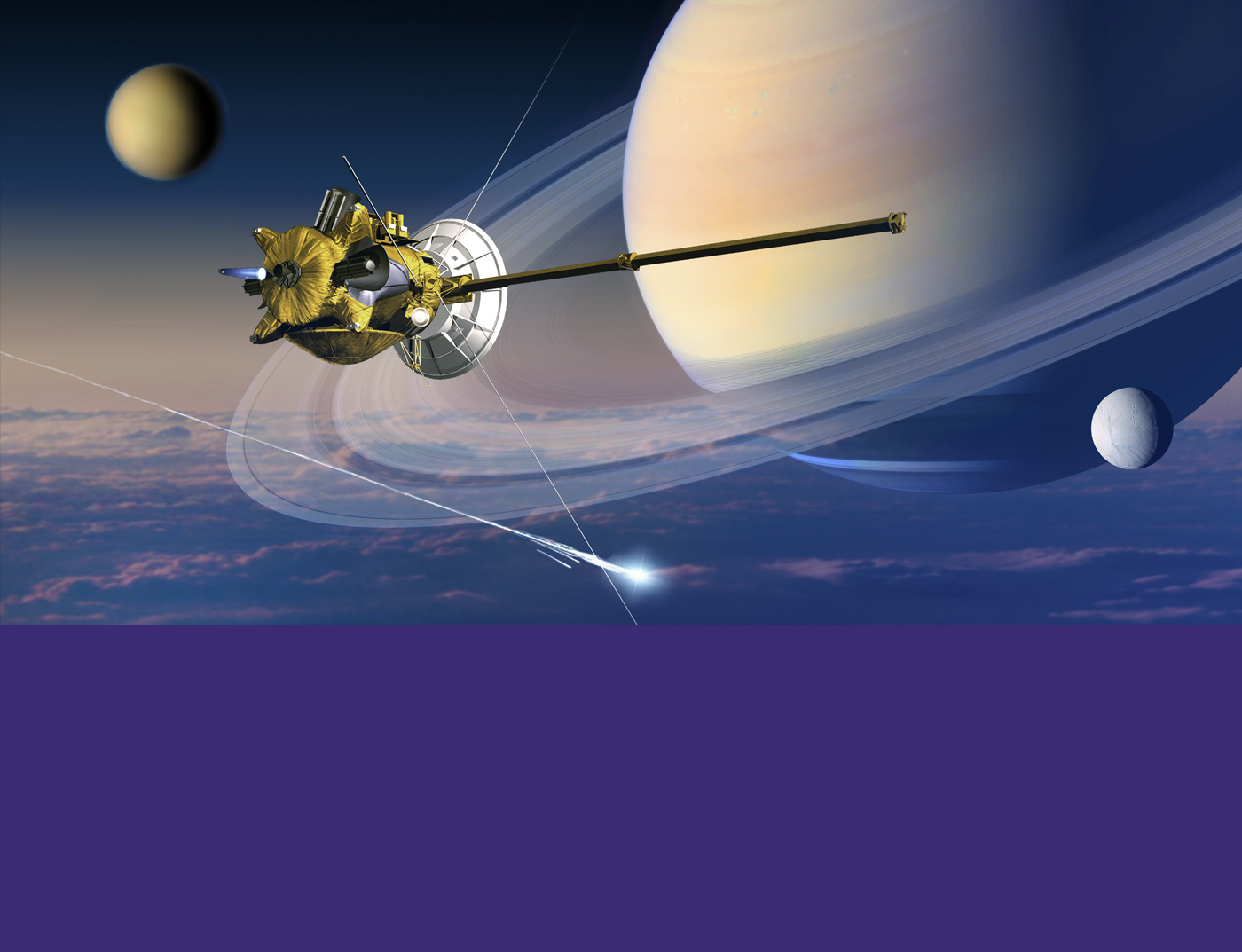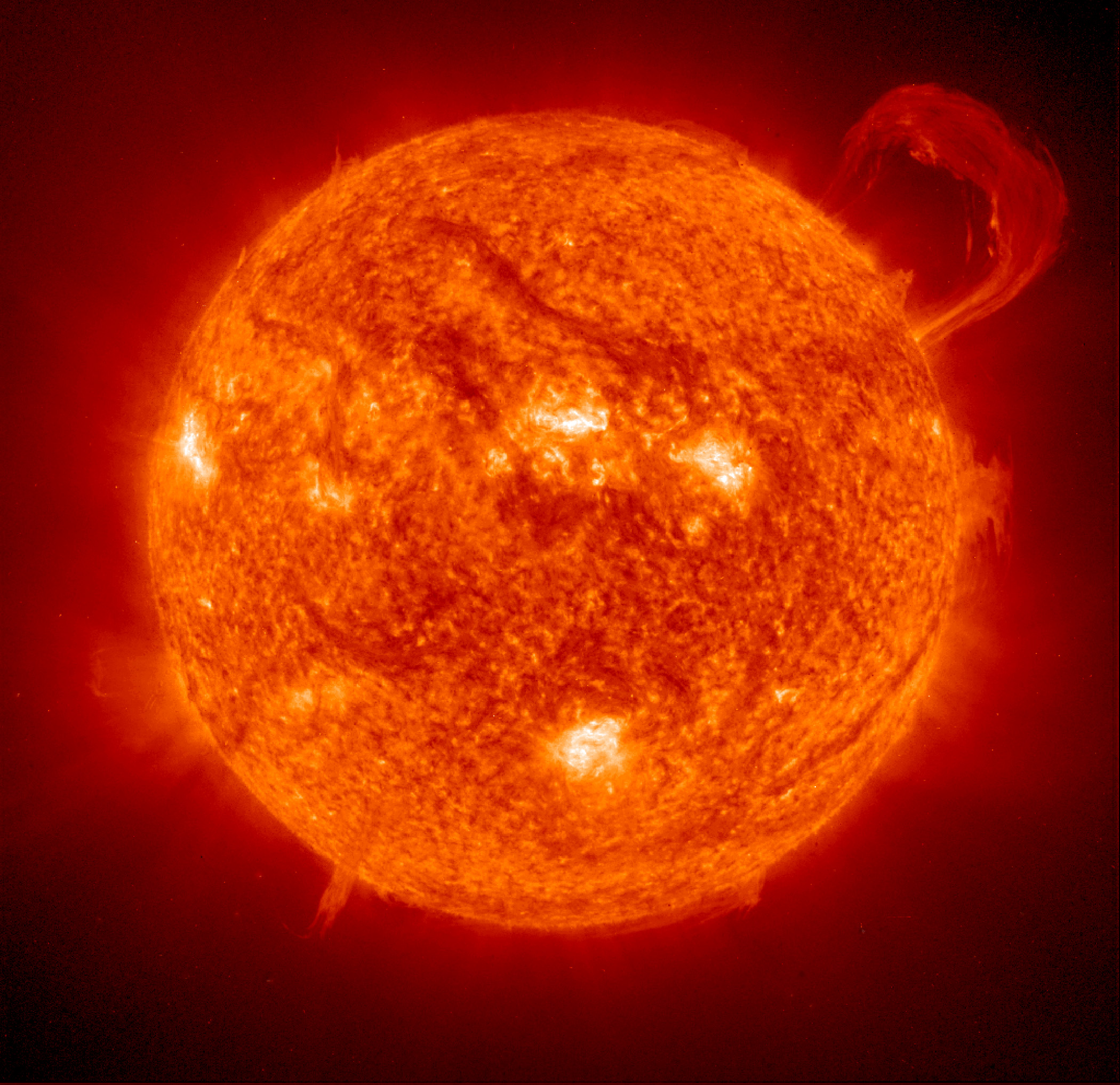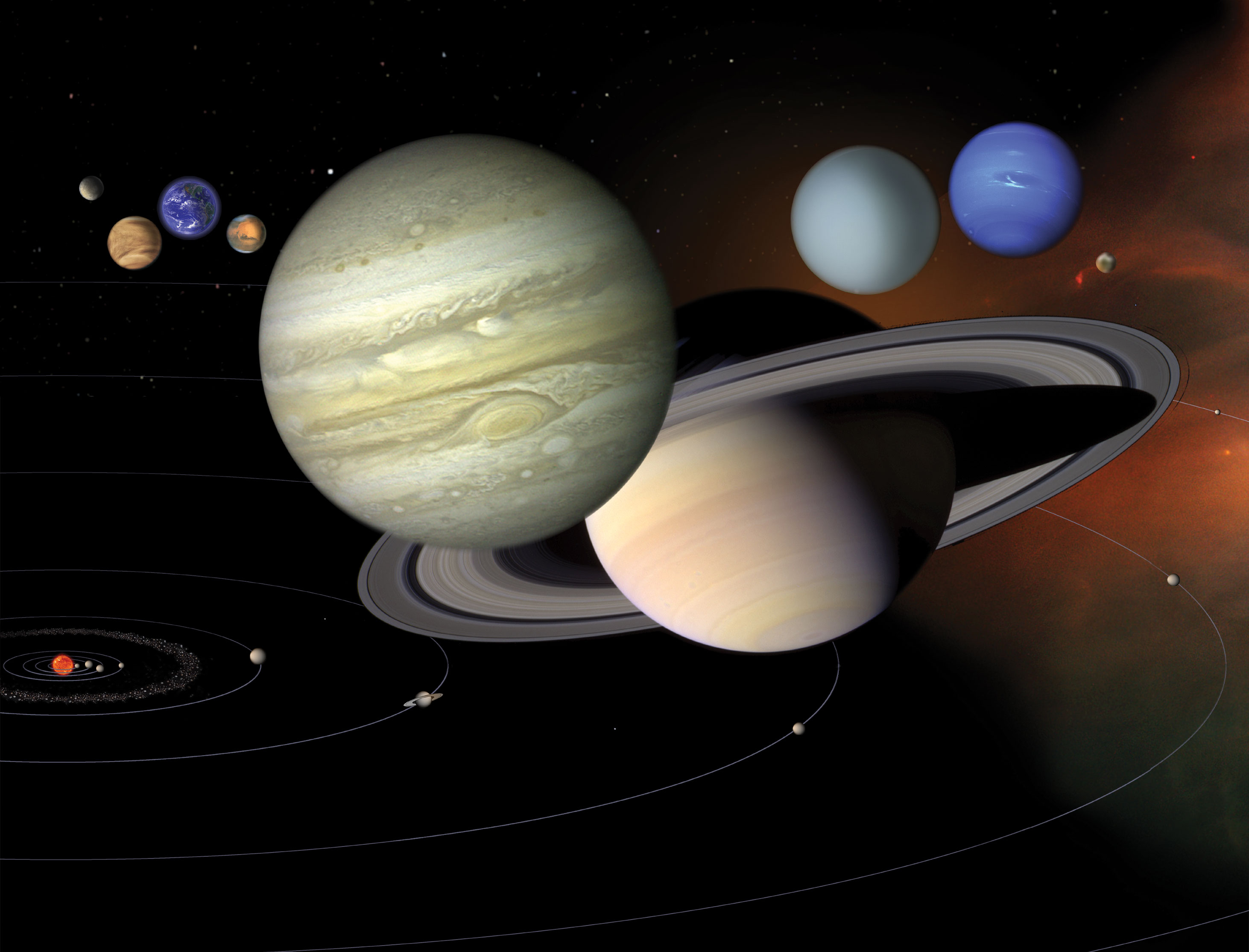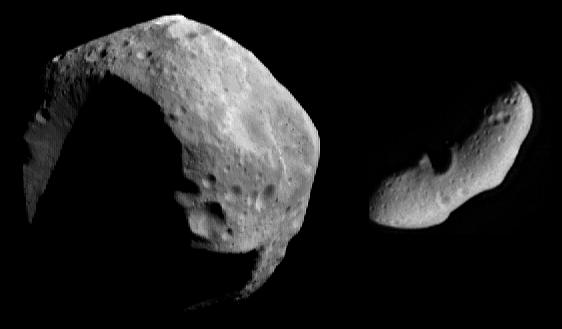Behind the Cassini Grand Finale
After almost 20 years in space and 13 years revealing the wonders of Saturn, NASA’s Cassini’s orbiter was running out of fuel. As a final act, Cassini began a whole new mission – a Grand Finale – its journey into the unknown that would end with a spectacular plunge into the atmosphere of Saturn. NASA's Jet Propulsion Laboratory (JPL) created an event that brought our team and the public together for an amazing digital goodbye.
We needed to celebrate the mission’s game-changing science and engineering accomplishments AND share the excitement of a brand new adventure AND communicate why this beloved spacecraft must meet its end. All as the spacecraft whipped around Saturn every seven days – at speeds up to 70,000 mph.
The interactive side of Cassini’s Finale was strategically intensive and layered. The day-to-day campaign kicked off in April 2017 with Cassini’s first, daring ring crossing – into the unexplored space between the giant planet and its rings – and climaxed on Sept. 15, 2017 with moment-to-moment accounts of Cassini’s plunge into Saturn’s atmosphere with the spacecraft sending back science to the very last second.
The following is a list of programming and the many interactive elements that went into the campaign:
The Program
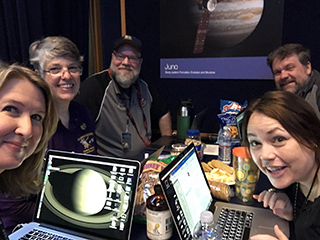
- Meeting People Where They Are: Launched a multi-faceted, multiplatform, daily campaign on Twitter, Facebook, Snapchat, Instagram and the mission website.
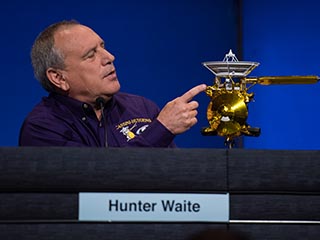
- Going Live: Answered audience questions live in platform during multiple social, web and TV broadcasts and press conferences.
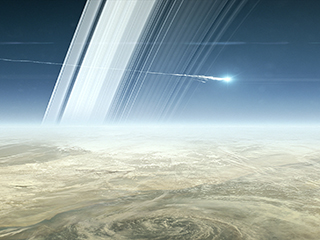
- Visualizing the End: Created a dramatic short film to communicate the mission’s story and preview its dramatic endgame.
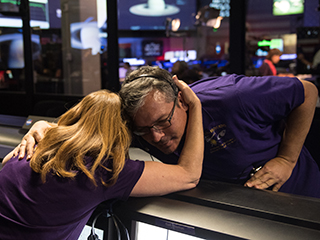
- Full Circle: Multiple 360-degree videos, including NASA’s first 360-degree livestream of a mission event from Mission Control.
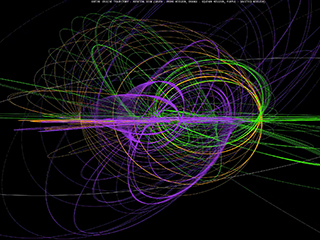
- Roadmap to the Finale: Created easy guides to follow the mission's final days and moments.
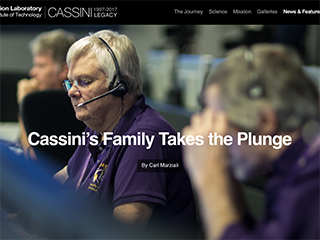
- Telling the Story: Wrote a steady drumbeat of stories to keep fans updated with news and features about the people behind the mission.

- Back to School: Got into thousands of classrooms with science-themed teachable moments.
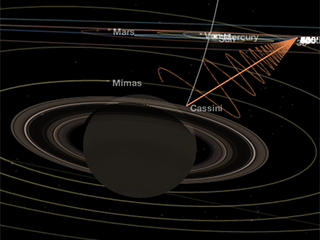
- Real-Time Data-Driven Updates: Downloadable NASA Eyes software provided real-time tracking – right down to the final signal.
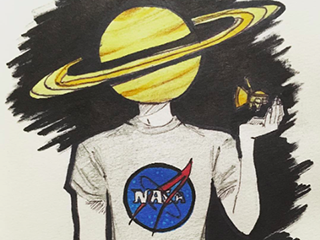
- Shared Inspiration: Engaged artists and amateur space enthusiasts with #CassiniInspires campaign.
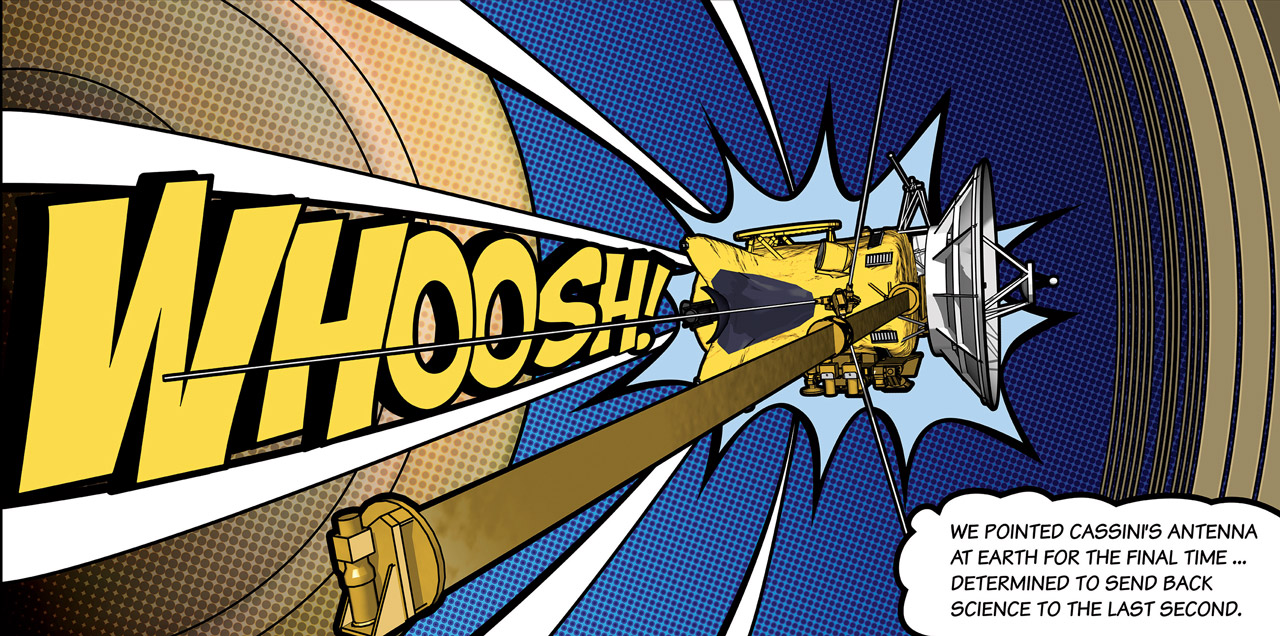
Impact
- Biggest NASA-driven social event to date.
- Eight billion potential impressions over six days in September 2017.
- Mission’s September 15 finale commentary seen 2 million times.
- #Cassini trended worldwide and Cassini-related #GrandFinale posts trended in the United States.
- More than 3 million people visited https://saturn.jpl.nasa.gov on the April 21 and September 15 events.
- Front-page stories and photo spreads in The New York Times, The Los Angeles Times, and 18 other newspapers across America, nine front-page stories in other countries, and two parodies in The Onion.
- Google doodled on April 21, 2017.
- Glowing editorials in The Washington Post and The Chicago Tribune and other media outlets with headlines like, “The Cassini mission embodies the best of humanity.”
- Live stories on CBS This Morning and Los Angeles TV news stations, plus other broadcast stories on NPR News and Science Friday.
- Multiple long-form documentaries about Cassini’s accomplishments and the people behind the mission, including PBS Nova, BBC Horizons (Science Channel in the U.S.), Discovery Canada/NatGeo, and BBC Sky at Night.
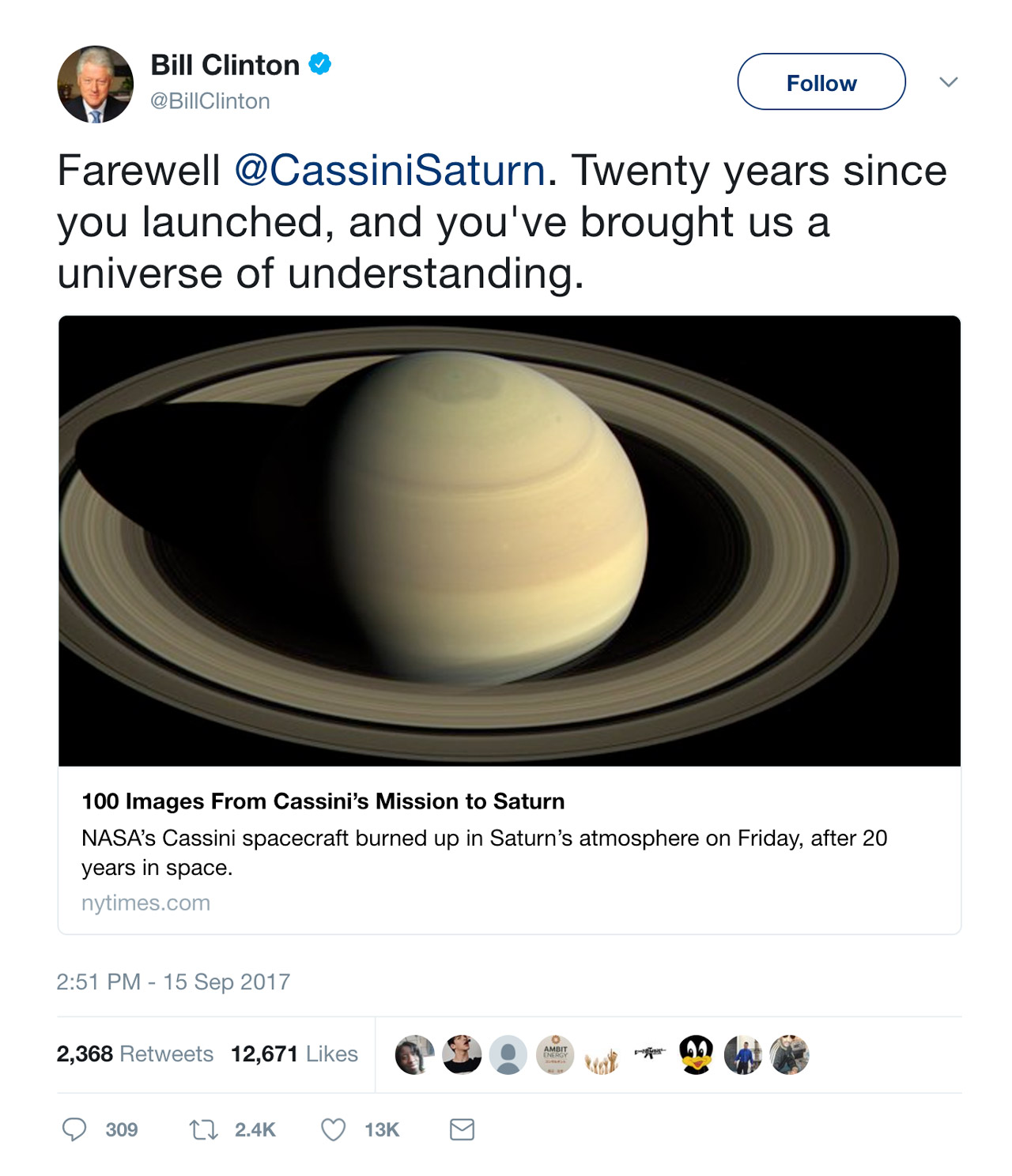
Finally… the Finale:
Months later we look back on Cassini and the emotions still pour. Our goals were not to sell advertising or to gain brand recognition. Our goal was to inspire new missions, engineers, astronauts and dreamers. This project will live on outside the campaign. If you’re inspired to learn more about Cassini there are even more resources at the top of this page.
Our team is proud to submit this technical and historic achievement as our first submission to the Interactive Media Peer Group.
Thank you so very much for your consideration.

